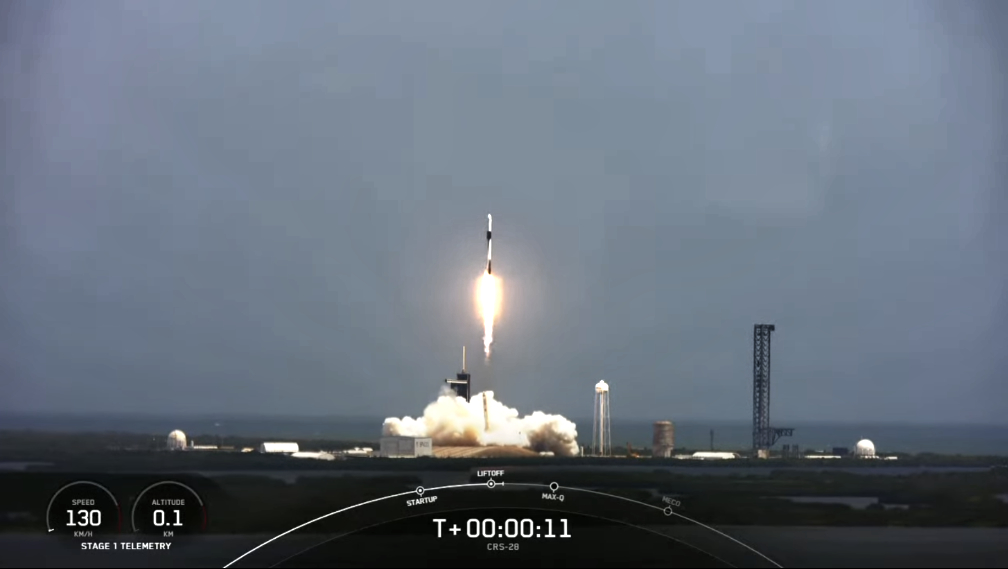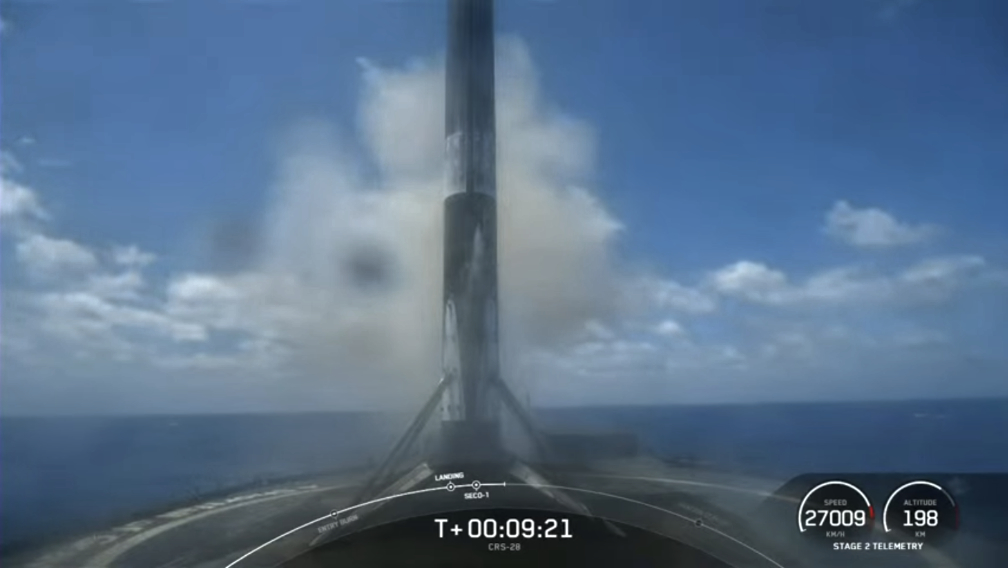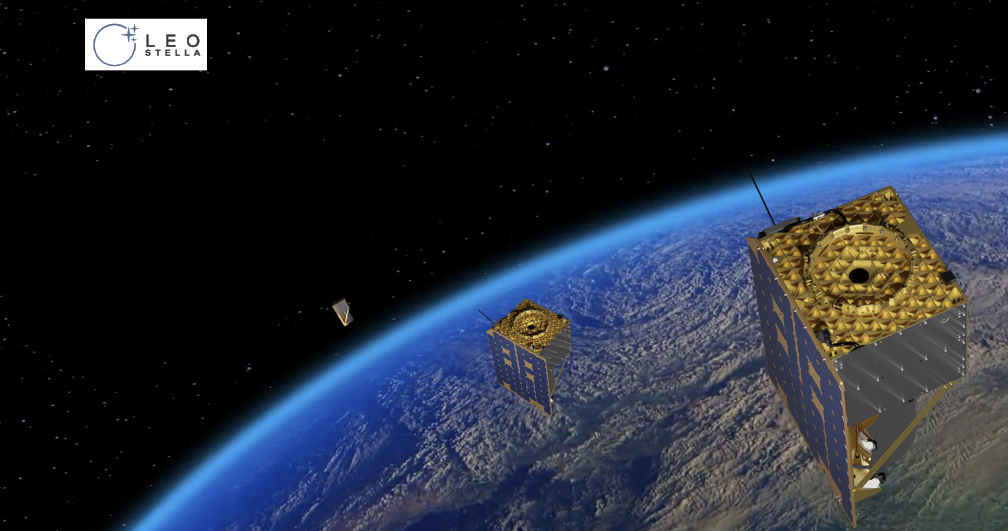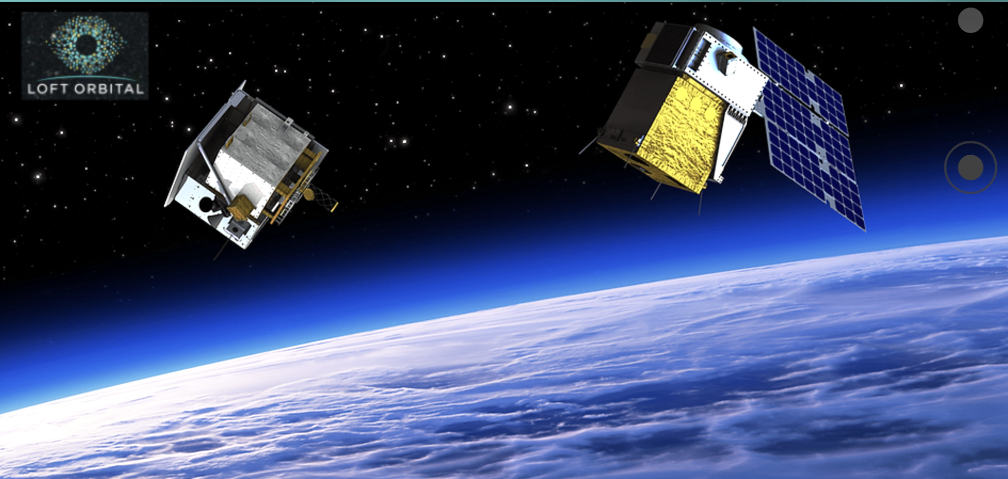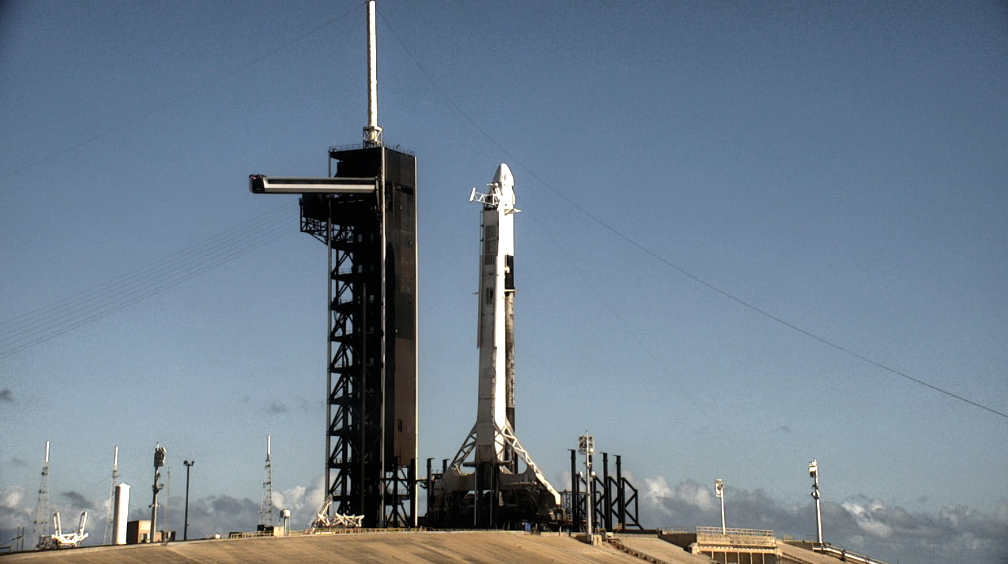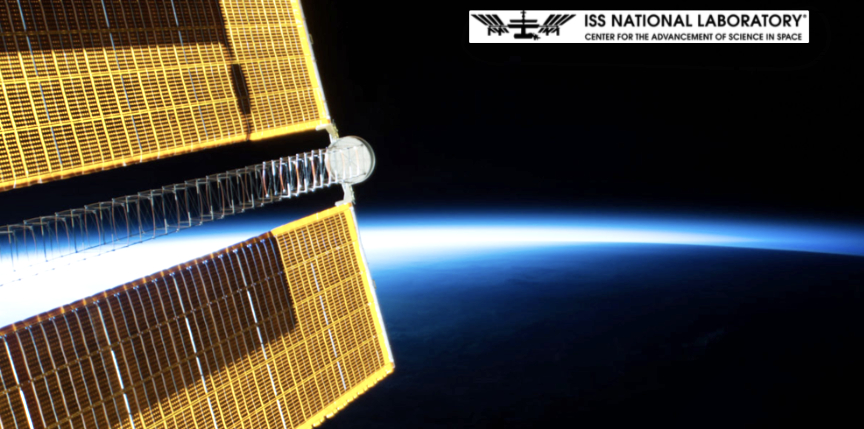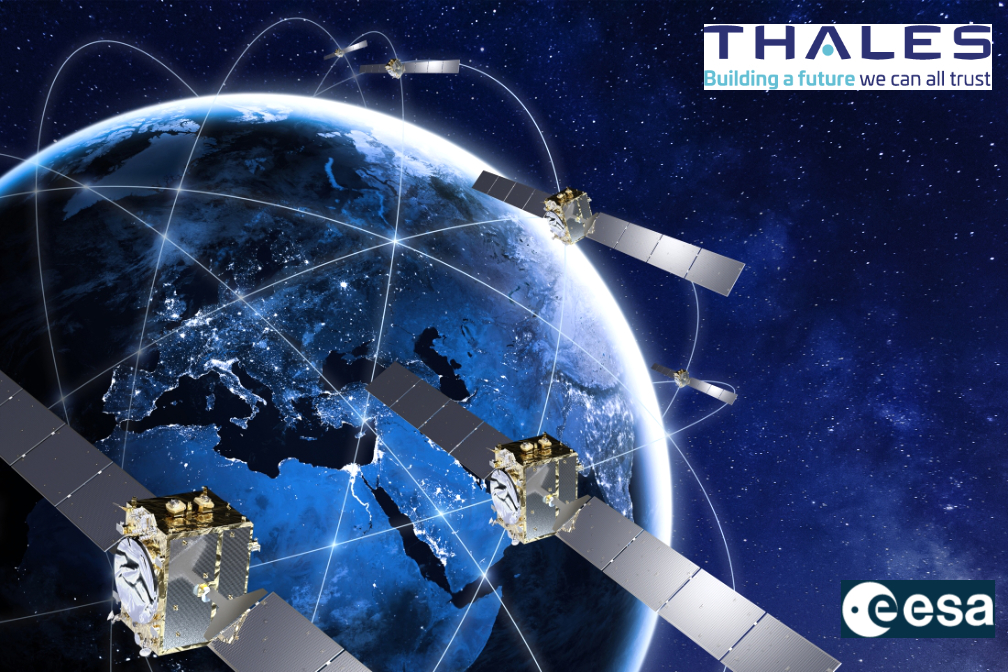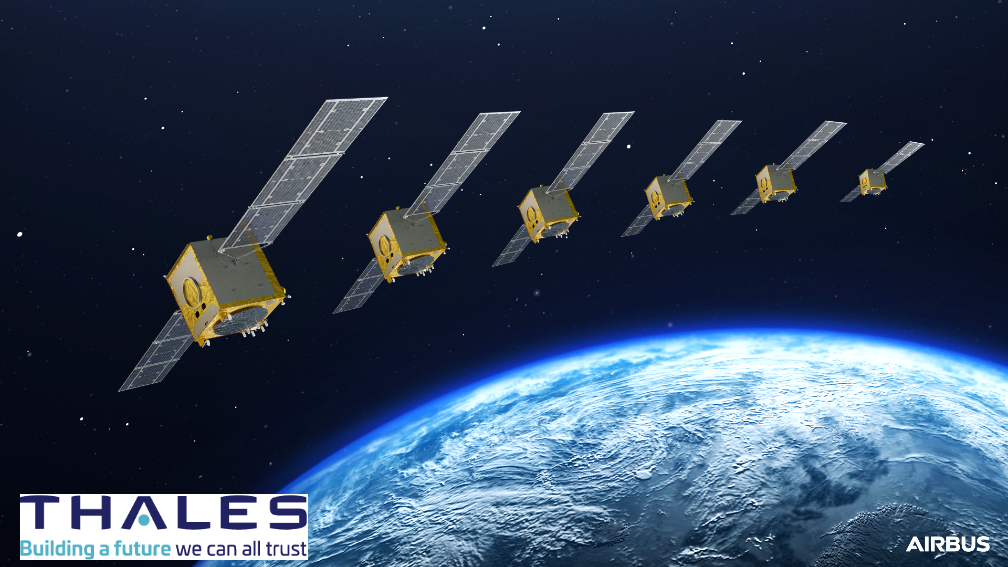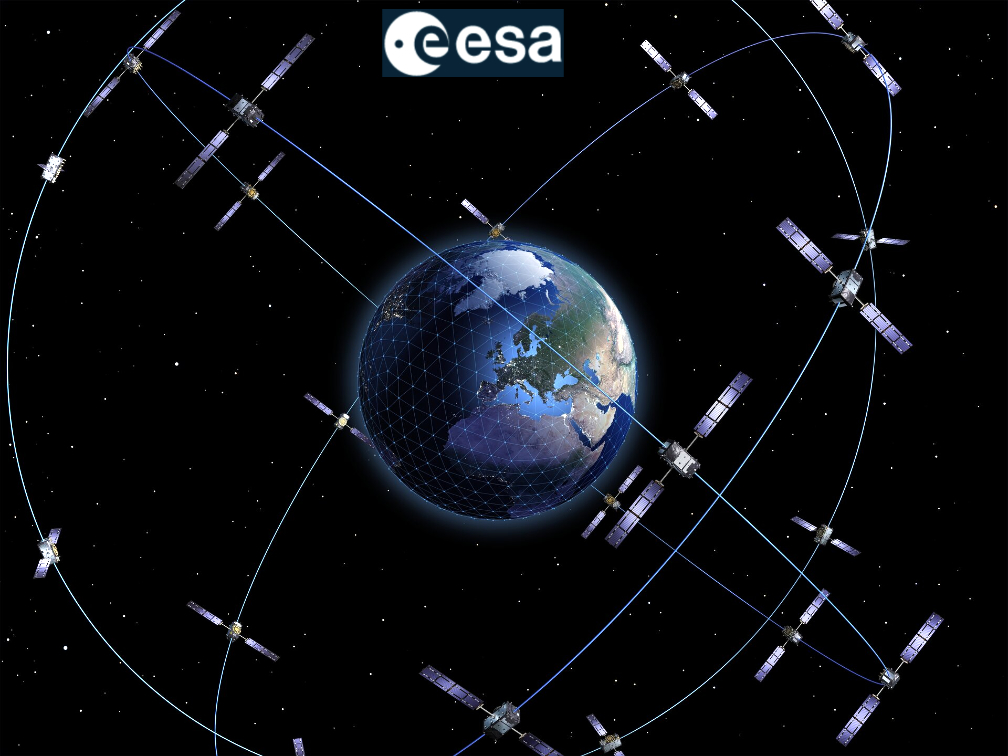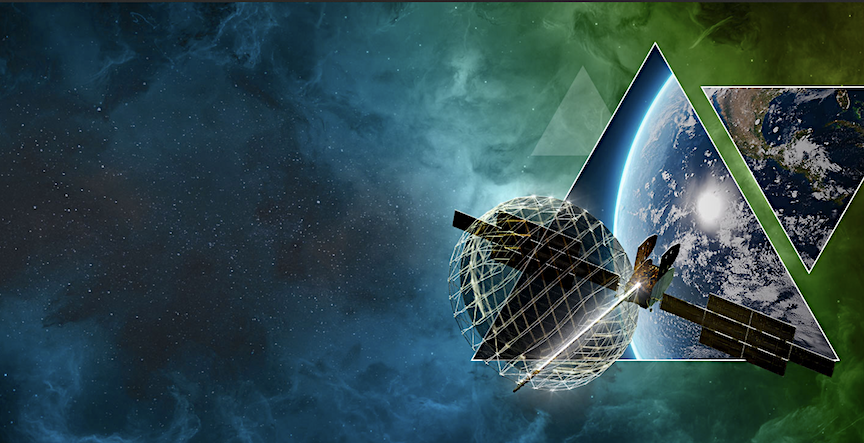
MDA Ltd. (TSX:MDA) has been awarded a contract from L3Harris Technologies (NYSE:LHX) as part of the Space Development Agency’s (SDA) Tranche 1 Tracking Layer program.
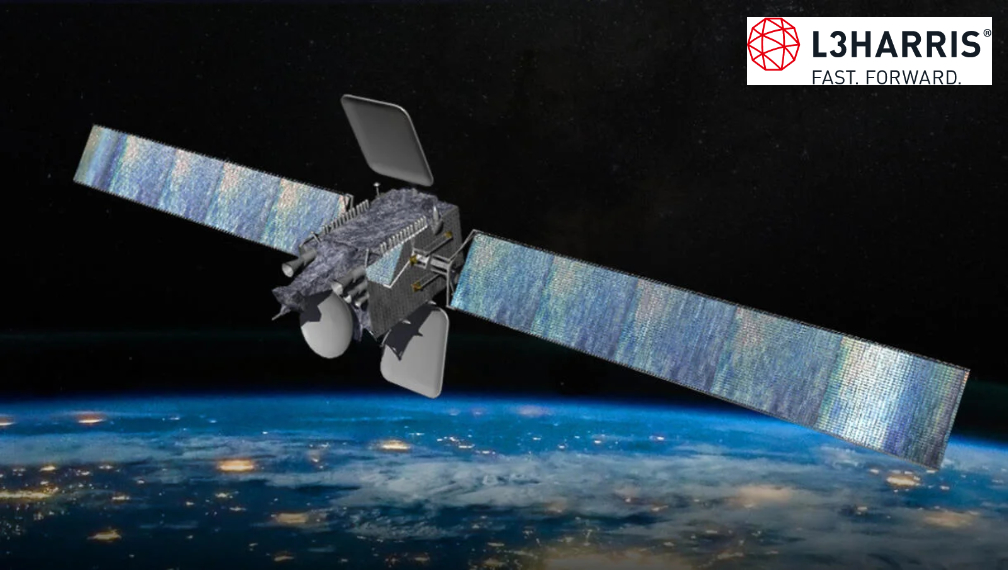
MDA will design and build 14 flight sets of Ka-b,and steerable antennas and control electronics for L3Harris as part of SDA’s LEO constellation. The antennas and control electronics will be designed, built, assembled and tested at MDA’s state-of-the-art high-volume, satellite production facility in Montreal.
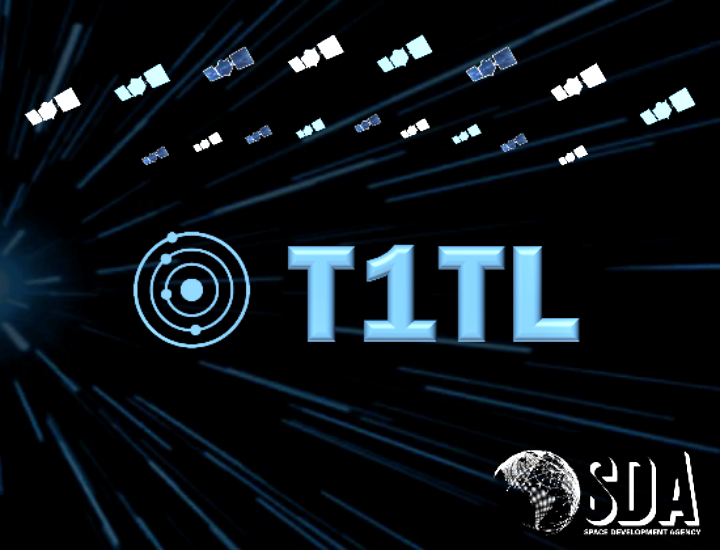
MDA technology has been integrated into more than 350 satellite missions to date, with more than 2,000 antenna subsystems and 3,000 electronic subsystems on approximately 850 satellites currently in orbit.
“We are very pleased to work with L3Harris on this important space security program as the need for space-based capability increases. This award from one of the largest U.S. defence industry primes is a strong endorsement of MDA’s best-in-class design and manufacturing capabilities and another example of our strategy in action as we expand MDA’s share of the growing global LEO constellation market.”
— Mike Greenley, CEO, MDA





